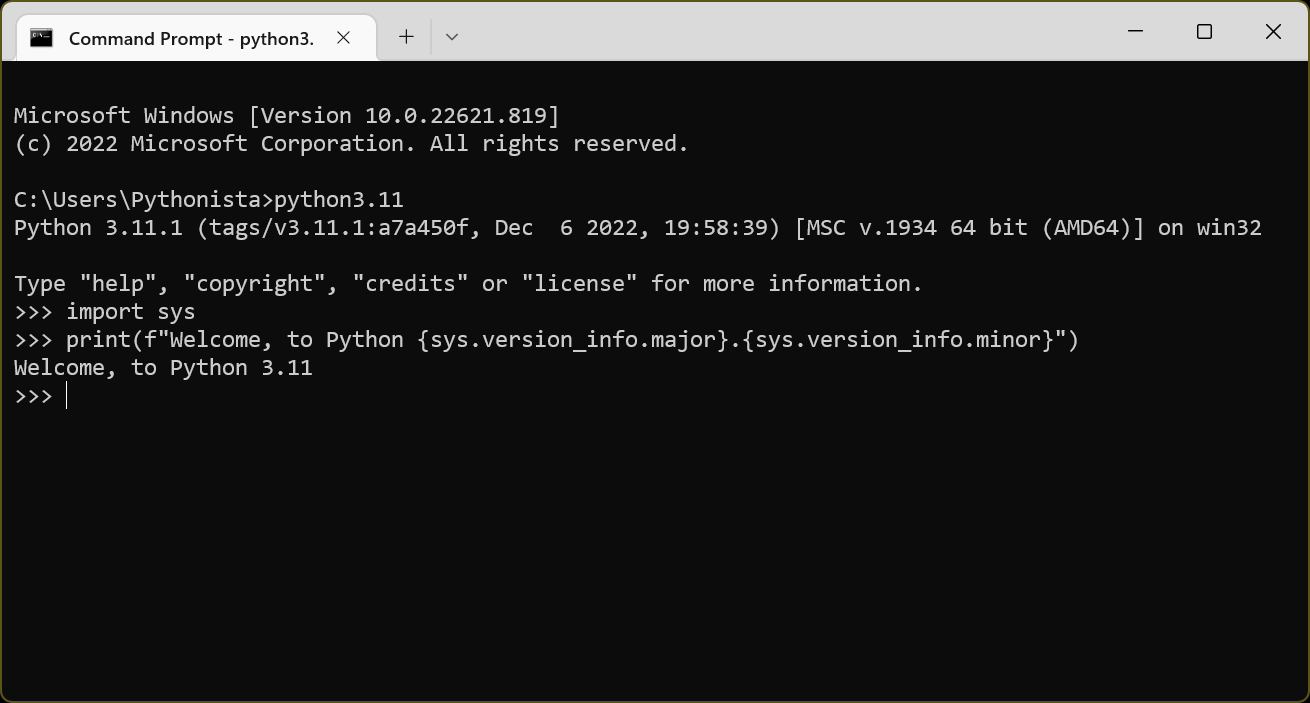Python 3.11

Embracing the Future with Python 3.11
Embarking on a new era of programming, Python 3.11 ushers in innovative changes while providing a familiar, comfortable environment for developers worldwide. This versatile language builds on its previous versions, resulting in a more streamlined, efficient coding experience. In its 3.11 release, Python exhibits several refinements and enhancements. Today, we delve deep into what Python 3.11 brings to the table.
The Python 3.11 revolution begins with performance improvements. The developers have tuned the runtime optimizer to execute tasks quicker than ever before. Consequently, Python scripts run faster, commands execute more swiftly, and programs operate at optimal efficiency. These improvements in performance present significant benefits for applications of all sizes, from small scripts to large infrastructure applications.
Python 3.11 also emphasizes readability, a defining feature of Python since its inception. The syntax improvements accentuate the clear, easy-to-read code that Python programmers worldwide cherish. By refining the syntax, Python 3.11 reduces developer strain, leading to less complicated codebases and the creation of more robust applications.
Additionally, Python 3.11 introduces new libraries that extend its reach even further. These libraries cater to varying domains, from data analytics to web services, and machine learning to gaming. With the new version, Python confidently treads into the fields of artificial intelligence, data science, and cloud computing, ensuring its relevance in the ever-changing digital landscape.
Python 3.11 further showcases its dedication to beginner-friendly programming by including enhanced tutorials and learning tools. These tools seek to enrich the learning experience for newcomers, and encourage more individuals to explore the wonderful world of programming. The online documents and reference materials are better organized and updated to reflect the new features introduced in this version.
Another critical enhancement in Python 3.11 is the improved error and exception handling. This new feature decreases the time spent debugging, allowing developers to focus more on building functionalities. Debugging is now less of a chore and more of an interactive, informative process.
On the security front, Python 3.11 presents upgrades that encompass more robust cryptography libraries, improved system call restrictions, and more secure sandbox environments. These measures strengthen Python's defense against possible security threats, ensuring the safety and integrity of both the development environment and the applications built within it.
Python 3.11 also welcomes a more streamlined and intuitive approach to package management. This alteration aims to simplify the package installation process and manage dependencies more effectively. It mitigates the struggles of dealing with package conflicts and compatibility issues, providing a smoother and more harmonious coding environment.
Lastly, the move towards a more sustainable and greener programming environment is evident in Python 3.11’s design. The version focuses on reducing power consumption and promoting energy-efficient programming practices. It's an essential step towards creating a more environmentally sustainable technology landscape.
Python 3.11, with its advanced features and improvements, marked a pivotal point in Python's evolution. Despite the leaps and bounds, it continues to retain the simplicity and elegance that made it popular amongst developers globally. As we look toward the future, one thing remains certain: Python 3.11 represents a beacon of innovation in the programming world.


 The best app store 1
The best app store 1